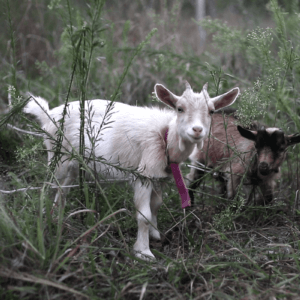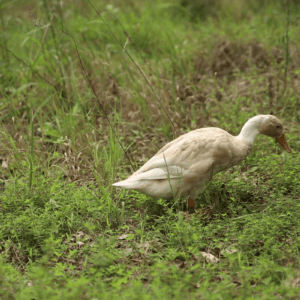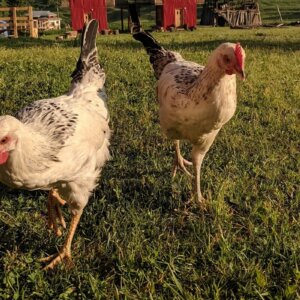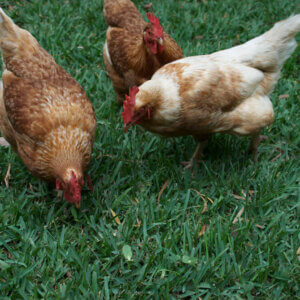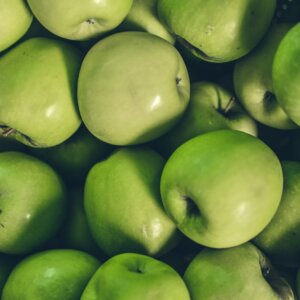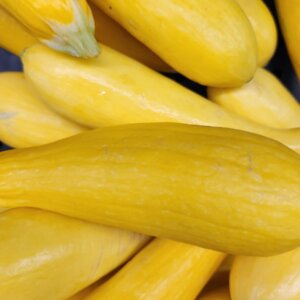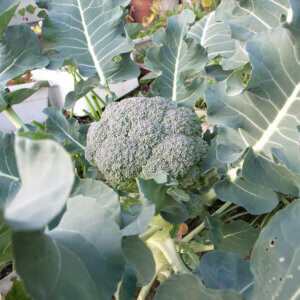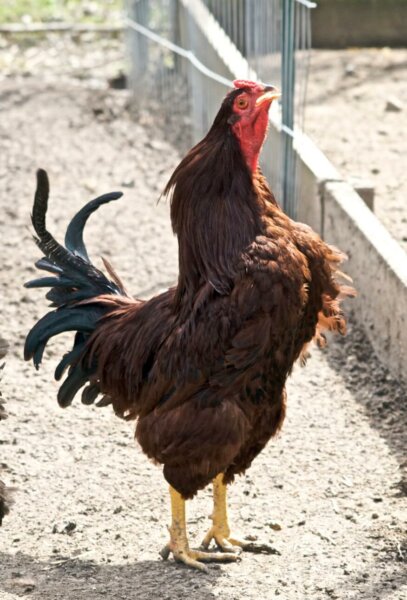
- Purpose: Eggs
- Eggs: Brown
- Egg Size: Medium
- Color: Brown-Red
- Comb Type: Pea
No one chicken breed is completely ideal for everyone, but there are some that come pretty close. The only breed to be credited to a woman, this dual-purpose Buckeye breed may be the perfect pick for the small-scale homesteader.
However, despite its long list of positive attributes, this rare bird almost met with extinction and is only recently making a comeback.
With a streak of American Game Bird in its lineage, this breed has good brooding, foraging, hunting, and general survival instincts.
It’s ideal for the backyard flock–even gaining some prestige as a mouser! With that in mind, this chicken breed is naturally inclined to be active, even restless. So, free-ranging is best for these glossy girls.
Lesa Wilke, an Ohio Buckeye Raiser, shares that her hens are inquisitive and friendly by stating, “Many chickens run away from humans, Buckeyes tend to run toward humans”.
Characteristics
Comparisons to the popular and similar-looking Rhode Island Red abound, but this breed is distinct in character, coloration, and conformation. Resembling the color of the large seeds for which it was named, it is darker in color and meatier in the thigh than the Rhode Island Red.
Any resident of Warren, Ohio, where it was developed, knows that those particular brand of winters are not for the faint of heart. So with its pea comb and tight, dense feathering, this bird is made to withstand cold temperatures.
A Slow-Growing Dinosaur?
As an older heritage breed, these chickens do not grow as quickly as modern broiler breeds that can be butchered as early as 9 weeks old. They take at least 16 weeks and produce meat that needs more processing and aging than commercially raised supermarket meat.
Though this certainly produces a much more flavorful and arguably much healthier meat, anyone looking to make a living off of butchering their birds should factor the growth rate into their expenses.
It should also be noted that these are fairly vocal birds. The roosters are credited especially with having a wide range of potential noises beyond the range of typical chickens–even a dinosaur-like roar!
If you’re looking for a quiet bird that won’t ruffle the feathers of your non-chicken-appreciating neighbors, a quieter Brahma, Australorp, or rare Mottled Java bird may be the choice for you.
What’s the Yield?
Developed as both a meat and egg-laying bird, this chicken usually reaches a respectably heavy 7 pounds for hens and 9 pounds for roosters at maturity.
They also produce brown, medium-sized eggs at a good rate of about 3 a week, so homesteaders looking for self-sufficiency can expect two sources of food from their Buckeye flocks. Their tendency to brood is variable, so adding some Orpingtons, Silkies, or even fierce Asil hens to the flock may ensure that your birds can continue to propagate.
A Quick Buckeye History
Anyone familiar with state nicknames may be able to surmise that this chicken type originated in Ohio. In the late 1800’s, Nettie Metcalf of Warren, Ohio set out to improve her recently inherited “neglected” and “scrawny” flock of chickens.
She first decided to cross Buff Cochins to Barred Plymouth Rocks. She added some Game Fowl to stop the birds from being what she considered lazy, streamlined the color to the distinctive mahogany, and created this unique breed.
Pictures Of Buckeye Chickens
Resources
- Buckeye, My Pet Chicken
- About Buckeye Chickens, Better Hens And Gardens
- Buckeye Chicken, Wikipedia
- Buckeye Chicken, Livestock Conservancy
- Buckeye, Backyard Chickens
- Buckeye Chickens All American Breed, Countryside Network
- Preserving The Breed, American Buckeye Club
- Buckeye, Oklahoma State
- Buckeye Chicks, Strombergs Chickens
- Buckeye Chicken, Roy’s Farm
- Buckeye Chickens, Raising Chickens
- Buckeye Chickens, Backroads Living
- Heritage Birds For Real Chicken Flavor, Better Hens And Gardens
- Quiet Chickens – What Breeds to Choose in the Suburbs, Timbercreek Farmer






